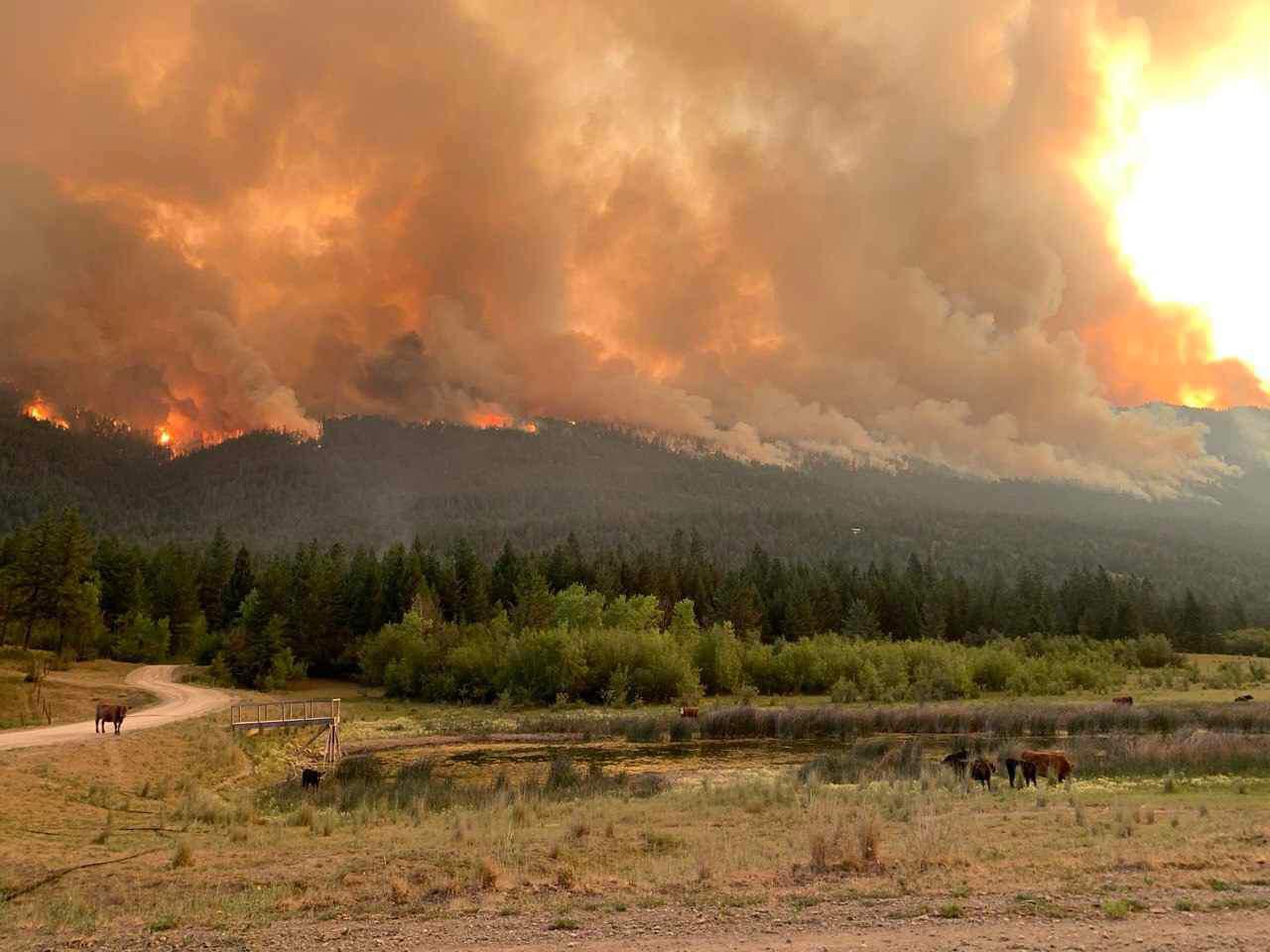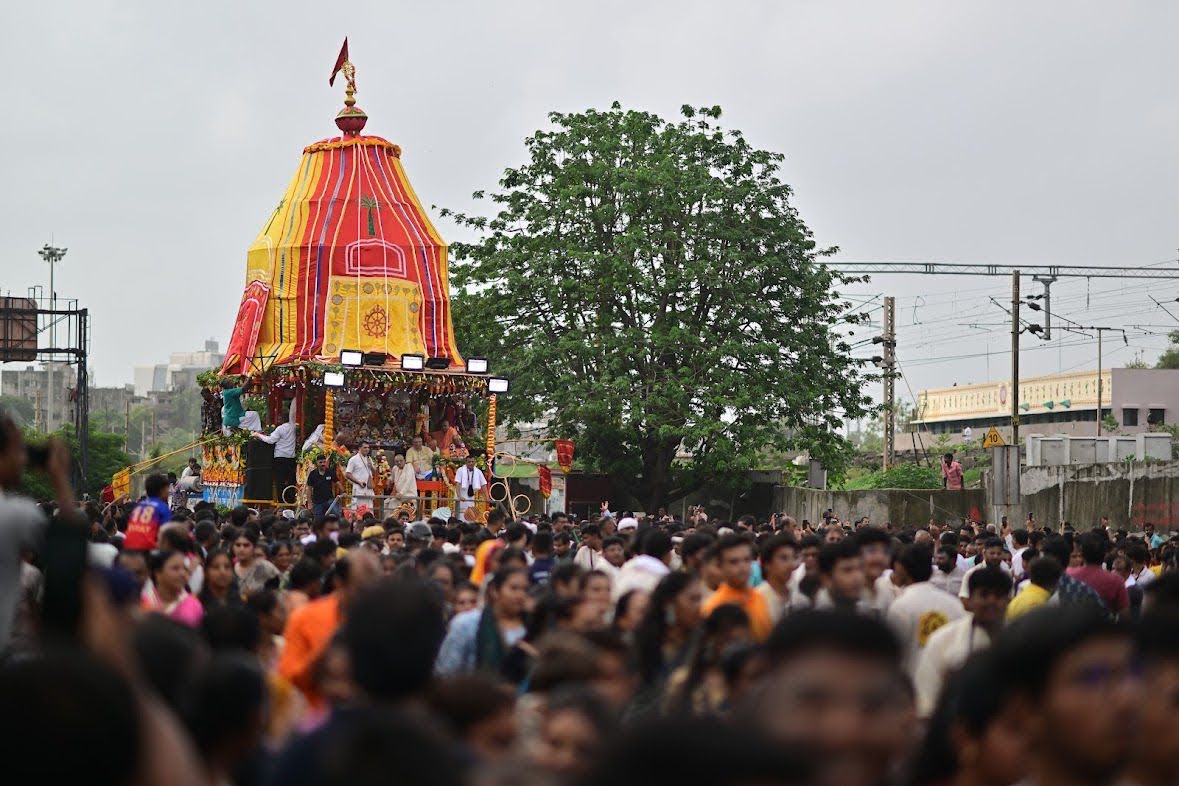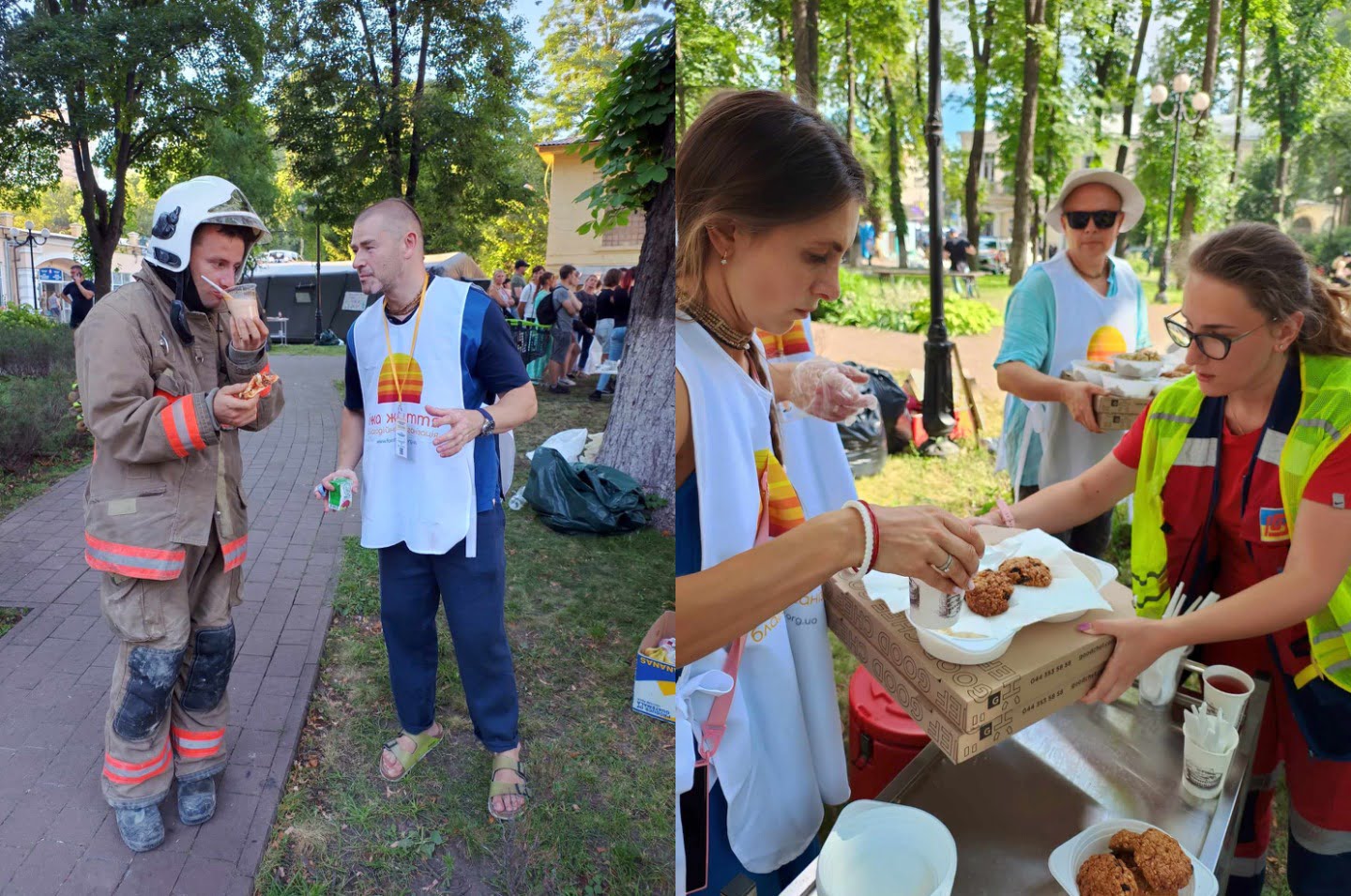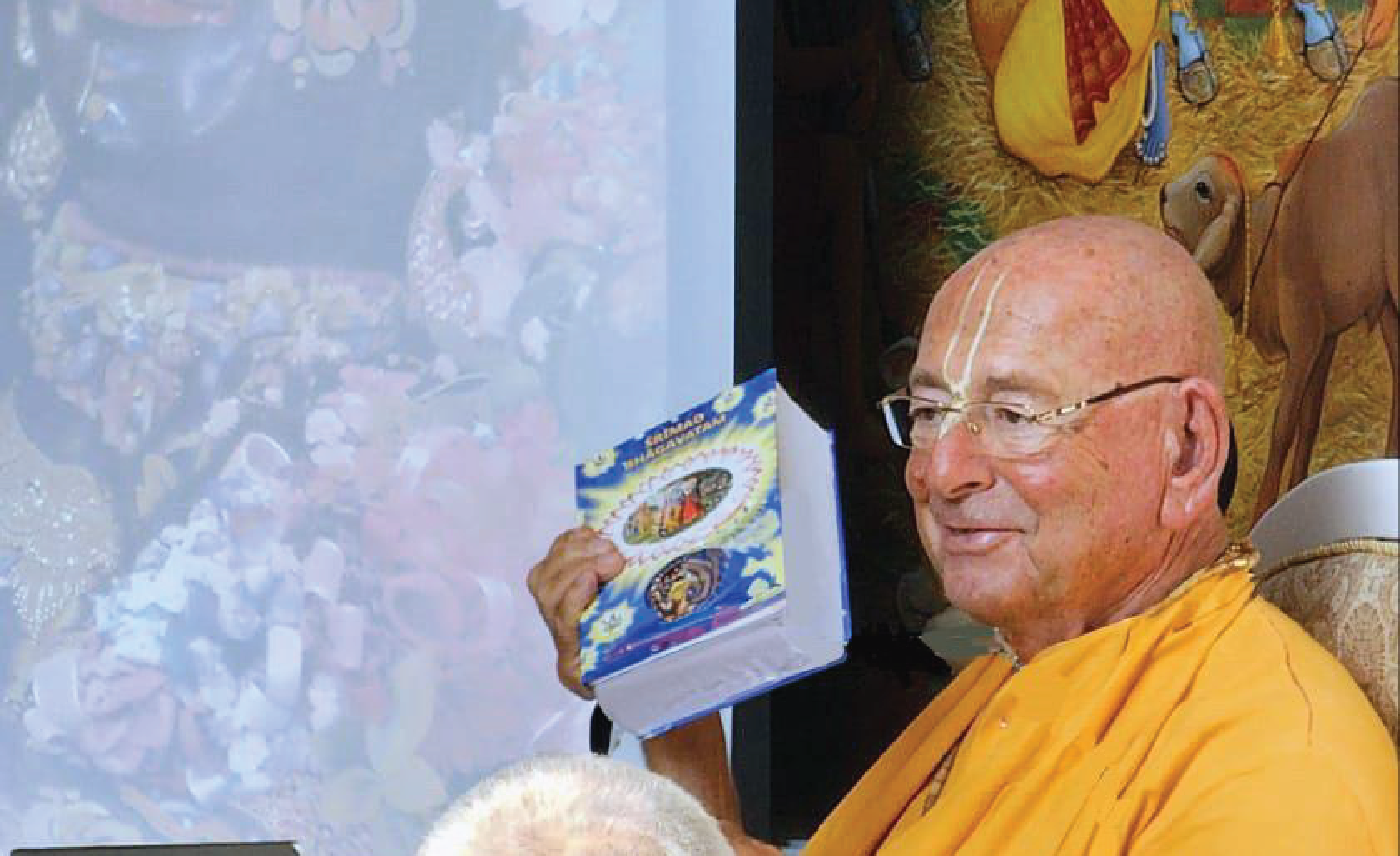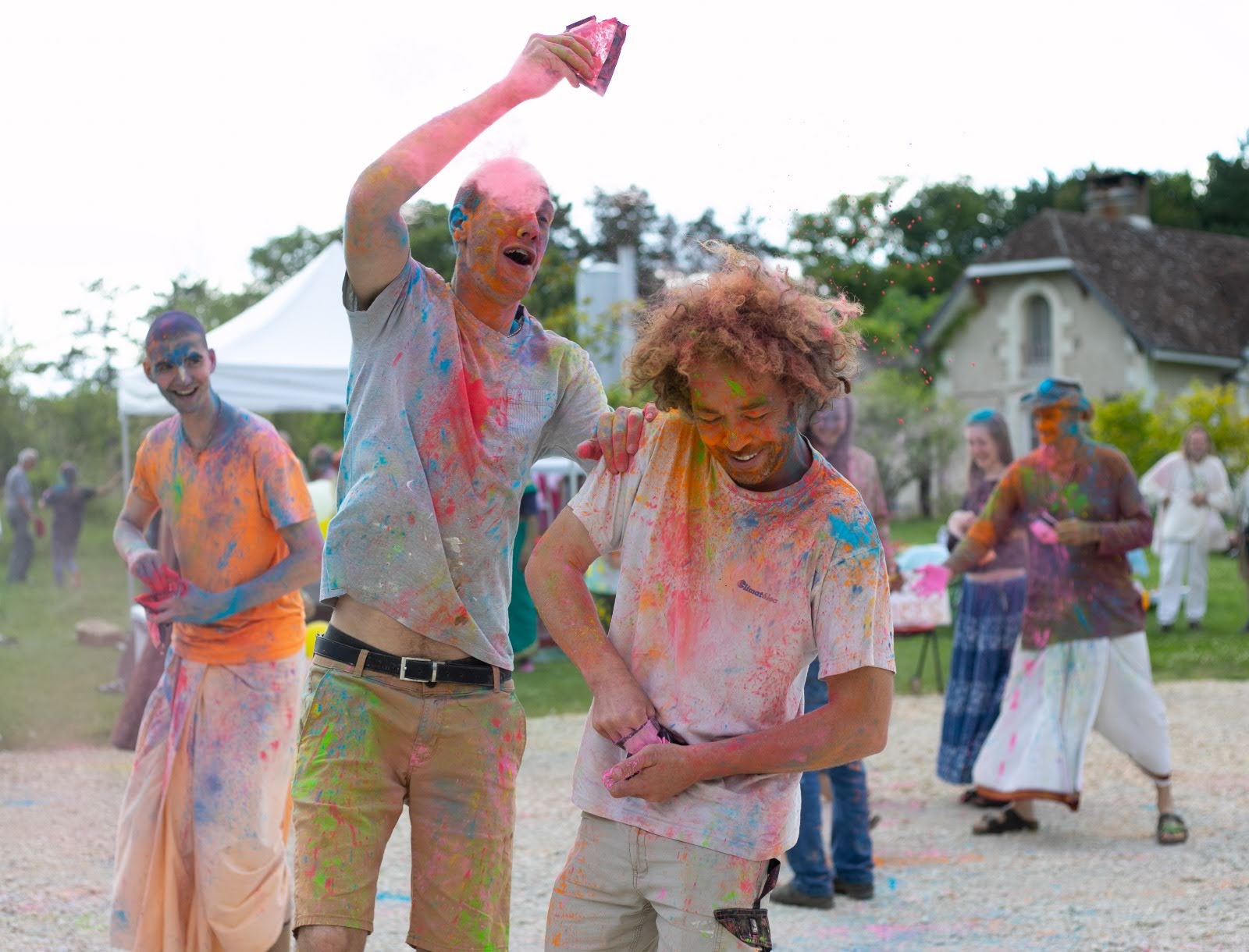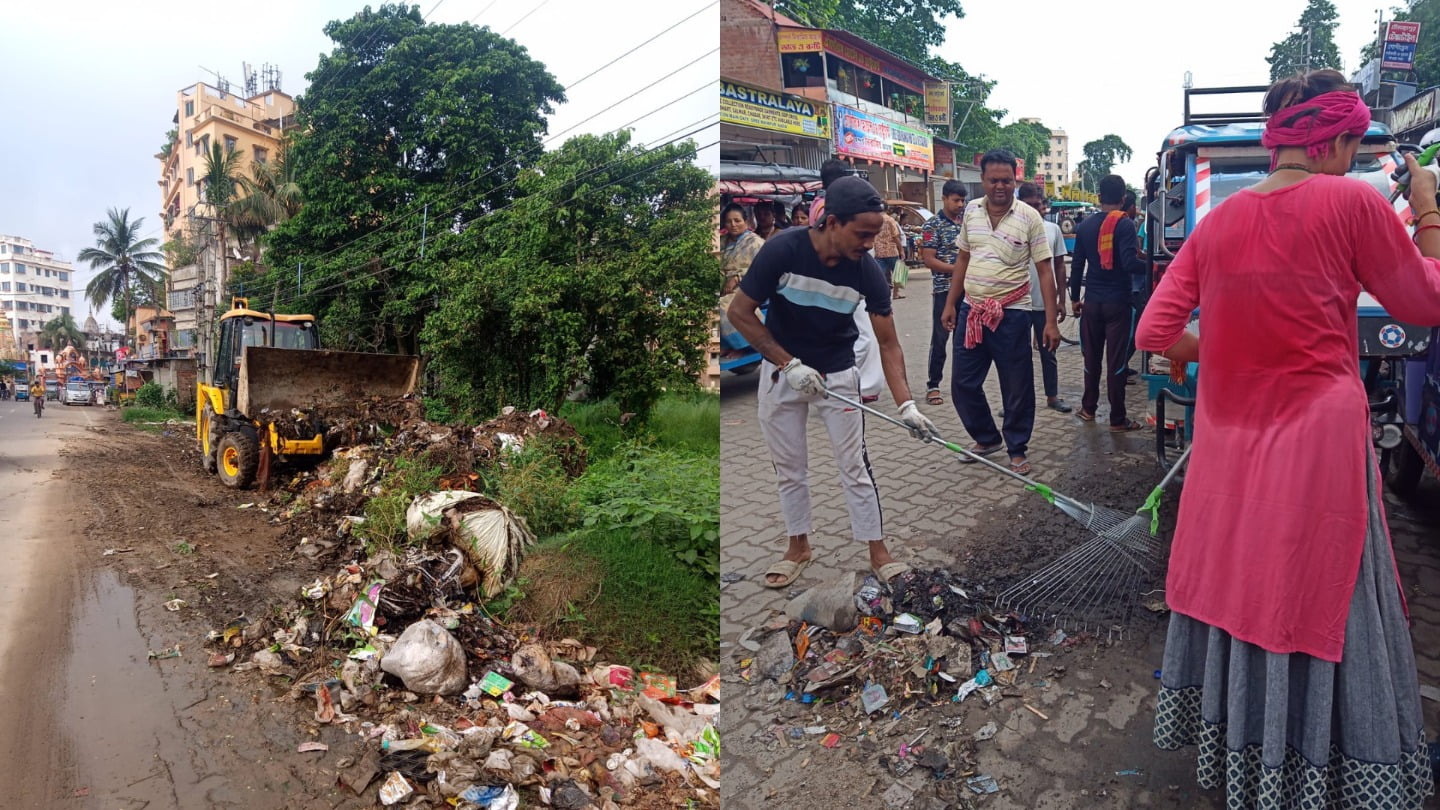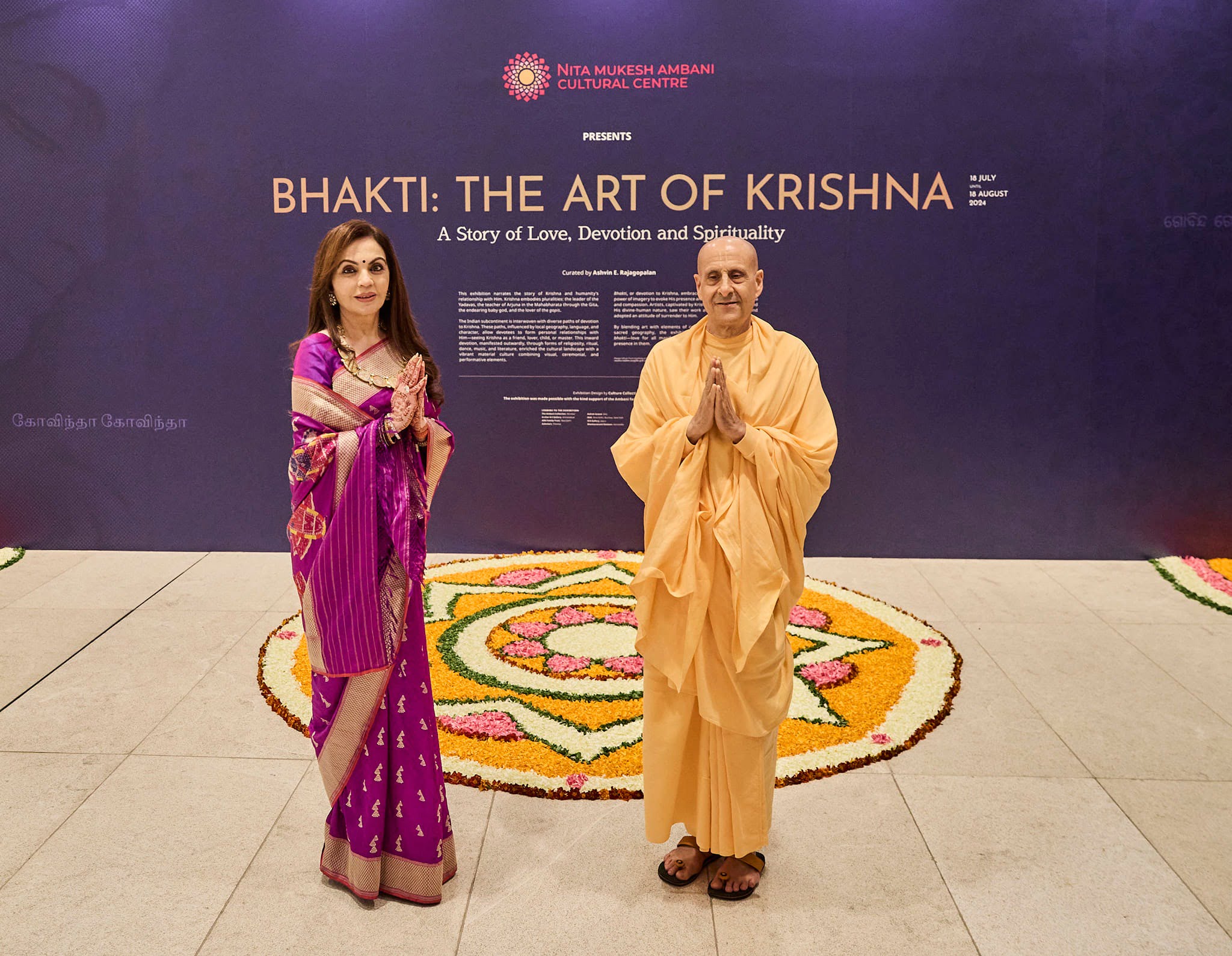The Calves of Simhachalam
By P Anantha Krishnan | Nov 22, 2007
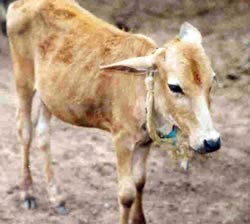
Visakhapatnam, my friends say, is a much changed place. Most of the changes, they add, are for the worse. My image of Visakhapatnam was different. It was shaped by its seafront. The sea, when I visited that town, didn’t look choleric. Its serene blue was as soothing as a grandmother’s hug. The hotel where I stayed matched the sea, its calm accentuated by its colonial façade and balustraded terraces. Its restaurants served authentic South Indian food, uncontaminated by Punjabi additives. The place was so different from the ever-present, rumbling menace that I was facing in cacophonous Delhi that it approached my idea of heaven.
I also had a glimpse of hell in that town — the hell that lay in store for dumb, starving, sacrificial calves — when I visited the Simhachalam temple, the temple of Man-lion and Boar.
Visakha is another name for Karthikeya. The Tamils aver that the city has been named after this God who is very dear to the Tamils and who is better known as Murukan in Tamil Nadu. However, the most famous temple around the town of Visakhapatnam is the one dedicated to Vishnu.
The 1,000 year old temple of Simhachalam, about 20 km from the town, is perched on a hill but cars can go right up to its doorstep. I preferred to climb on foot. The climb was easy but the road had more calves than men. Almost all of them were male. Some were lame. Many looked starved. I saw a few calves lying at the edges of the road with their legs broken.
"These calves have all been offered to the God on the top of the hill," said my friend who was accompanying me.
"What will the Lord do with these calves?" asked I.
"He doesn’t keep them. They will be auctioned off every Friday. The price of mutton in this town is not very high," said my friend.
Simhachalam is one of the most ancient temples of Andhra Pradesh. It is on the old invasion route of Chola kings who, for some reason, took a fancy to invade Kalinga, modern day Orissa. The Cholas must have liked this Lord. The temple has two early 12th century inscriptions of them. The temple’s architecture is a grand amalgam of Konarak, Chalukya and Chola styles.
The Lord at the sanctum sanctorum resembles neither lion nor man nor boar. He is a giant globule encrusted in sandal paste. "The paste is removed only once a year," the priest explains. "The Lord is so fierce that this hill will melt to putty if the paste is removed often." I fervently try to pray but don’t succeed. The fragrance of sandal is not strong enough to combat the stench of my mind. There is a profusion of Vishnu’s incarnations in bas-relief in the grand 16-pillared hall adjoining the sanctum sanctorum. The Man-lion is everywhere, threatening to tear the demon of evil limb from limb with his killer claws.
"He should come alive today and tear the limbs of evil doers," said my friend.
"There are just too many, friend. His nails will lose their sharpness in no time," replied I.
I couldn’t forget the calves.
"What you said about the calves — is it true?"
"Yes, sir. They all land in butcher shops. I do eat mutton, but I will not touch the meat in Visakhapatnam. This happens with the active connivance of all who should know better. These fellows are committing an unpardonable sin, sir. The Lord should disembowel them. They are all pitiless, modern day rakshasas."
There were tears in my friend’s eyes.
The Visakhapatnam SPCA has taken up the issue of "calves to slaughter" a number of times with the Government of Andhra Pradesh, but nothing tangible has been done so far. The calves arriving at the temple swell to hundreds on festival days, and there is simply no space to accommodate them. The fate of many male calves that were not on offer is far worse, I understand. Their owners starve them to death by tying nets around their mouths.
I consider this one of the many inexplicable ironies of the Hindu universe. We hold cows as sacred and the killing of a single cow will, in all likelihood, start a riot in which a few human beings will perish. The plight of these calves, on the other hand, doesn’t excite anyone except the SPCA. All over the world calves get butchered. But nowhere in the world, except in our great country, do roads to abattoirs take a detour through a temple dedicated to a God who, in another avatar, did not hesitate to lift a mountain on his little finger in order to give his beloved cattle protection from the rain sent down
by Indra.





